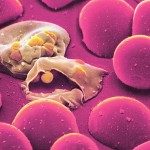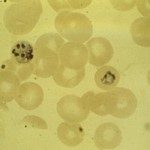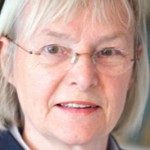Link to Pubmed [PMID] – 7892257
Proc Natl Acad Sci U S A 1995 Mar; 92(6): 2254-8
The differentiation potential of early mammalian myogenic cells was tested under clonal culture conditions. Cells were isolated from paraxial mesoderm and limb buds of transgenic mouse embryos at 9.5 days after conception and grown in culture at clonal density either on collagen-coated dishes or on various feeder cell layers. The transgene used contained a reporter gene encoding beta-galactosidase with a nuclear localization signal under the control of regulatory sequences from the gene for fast myosin light chain 3, so that beta-galactosidase staining indicated the presence of differentiated muscle cells. After 5 days in culture, the number and size of beta-galactosidase-positive (beta-gal+) clones were recorded. Cells isolated from somites I-V (the last five somites to have formed) or from unsegmented paraxial mesoderm did not give rise to any beta-gal+ clones. Cells isolated from somites VI-X or from the forelimb bud gave rise to beta-gal+ clones, but only on feeder cells. Cells from somites XI or older gave rise to beta-gal+ clones independently of the substrate. However, when cells isolated from unsegmented paraxial mesoderm or somites I-V were cultured with nontransgenic cells from the trunk (including neural tube and notochord), differentiation occurred on condition that the cells were in a three-dimensional aggregate, even though their specific position in the somite had been lost. By culturing explants ranging in size from 1 to < 100 cells in the presence of an inhibitor of cell division, we determined that a minimal number of 30-40 cells is required for mesodermal cells to differentiate.


